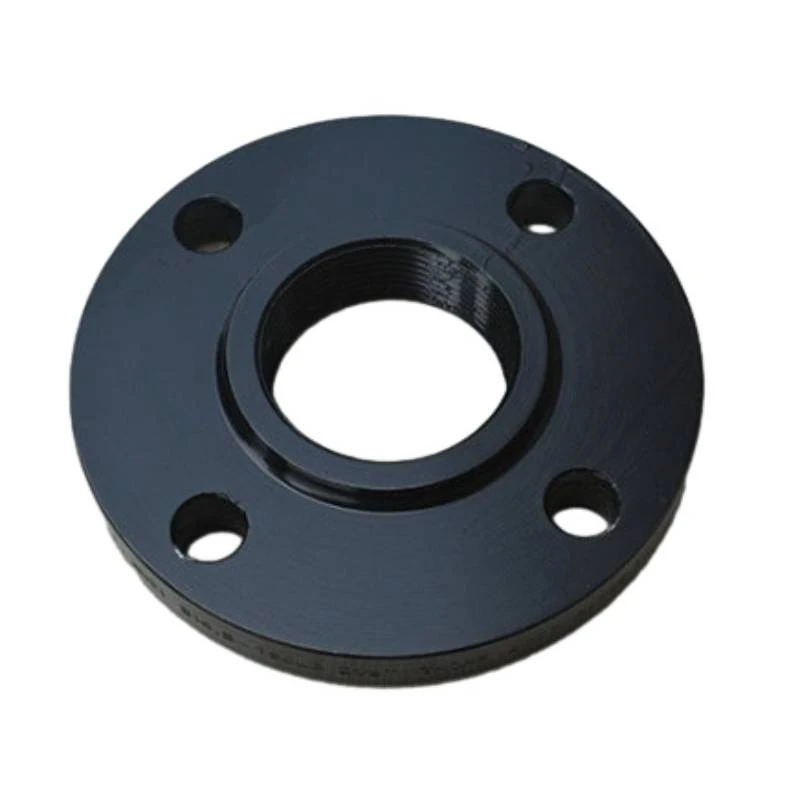-
Cangzhou Yulong Steel Co., Ltd.
-
Phone:
+86 13303177267 -
Email:
admin@ylsteelfittings.com
- English
- Arabic
- Italian
- Spanish
- Portuguese
- German
- kazakh
- Persian
- Greek
- French
- Russian
- Polish
- Thai
- Indonesian
- Vietnamese
- Zulu
- Korean
- Uzbek
- Hindi
- Serbian
- Malay
- Ukrainian
- Gujarati
- Haitian Creole
- hausa
- hawaiian
- Hebrew
- Miao
- Hungarian
- Icelandic
- igbo
- irish
- Japanese
- Javanese
- Kannada
- Khmer
- Rwandese
- Afrikaans
- Albanian
- Amharic
- Armenian
- Azerbaijani
- Basque
- Belarusian
- Bengali
- Bosnian
- Bulgarian
- Catalan
- Cebuano
- China
- China (Taiwan)
- Corsican
- Croatian
- Czech
- Danish
- Esperanto
- Estonian
- Finnish
- Frisian
- Galician
- Georgian
- Kurdish
- Kyrgyz
- Lao
- Latin
- Latvian
- Lithuanian
- Luxembourgish
- Macedonian
- Malgashi
- Malayalam
- Maltese
- Maori
- Marathi
- Mongolian
- Myanmar
- Nepali
- Norwegian
- Norwegian
- Occitan
- Pashto
- Dutch
- Punjabi
- Romanian
- Samoan
- Scottish Gaelic
- Sesotho
- Shona
- Sindhi
- Sinhala
- Slovak
- Slovenian
- Somali
- Sundanese
- Swahili
- Swedish
- Tagalog
- Tajik
- Tamil
- Tatar
- Telugu
- Turkish
- Turkmen
- Urdu
- Uighur
- Welsh
- Bantu
- Yiddish
- Yoruba

Sep . 06, 2024 12:47 Back to list
Comprehensive Guide to Flange Types and Sizes
Flange Types and Sizes A Comprehensive Guide
Flanges play a crucial role in a variety of piping and structural applications, providing a reliable method for connecting pipes, valves, pumps, and other equipment. With a myriad of flange types and sizes available, understanding their specifications is essential for ensuring safety, efficiency, and compatibility within a system.
Types of Flanges
Flanges come in several types, each designed for specific applications and environments. The most common types include
1. Weld Neck Flanges These are attached to the pipe via welding and are known for their strength. The neck of the flange gives it robustness and makes it ideal for high-pressure applications.
2. Slip-On Flanges Designed to slide over the pipe end, these flanges are then welded into place. They are easier to align and install compared to weld neck flanges but are generally used for lower-pressure applications.
3. Blind Flanges These flanges do not have a hole in the center, making them perfect for sealing the end of a piping system. They are essential in maintenance applications when future access points might be needed.
4. Threaded Flanges With internal threads that allow them to be screwed onto the pipe, these flanges are easy to install and do not require welding, making them suitable for lower-pressure systems where welding isn’t feasible.
5. Socket Weld Flanges These flanges have a socket into which the pipe is inserted and then welded. They offer high strength and are commonly used in high-pressure applications.
flange types and sizes

6. Lap Joint Flanges Typically used with a stub end, these flanges allow for easy alignment and disassembly, making them ideal for applications that require frequent maintenance.
Flange Sizes
When it comes to sizes, flanges vary widely based on the standards set by organizations such as the American National Standards Institute (ANSI), the American Society of Mechanical Engineers (ASME), and others. Flange size is typically defined by two main aspects the nominal pipe size (NPS) and the schedule (SCH) or wall thickness of the associated pipe.
Flanges are available in various sizes, ranging from small diameters of 1 inch to large industrial sizes exceeding 60 inches. It's important to choose a flange that matches the nominal size of the pipe and adheres to the corresponding pressure rating. Common pressure ratings include Class 150, Class 300, Class 600, and higher, indicating the maximum pressure each flange can safely withstand.
Material Considerations
Another critical aspect to consider when selecting flanges is the material. Common materials include carbon steel, stainless steel, and alloy steel, each offering varying levels of corrosion resistance and strength. The choice of material should align with the application's environmental conditions, such as temperature and the presence of corrosive substances.
Conclusion
In conclusion, understanding flange types and sizes is essential for anyone involved in piping and structural applications. Proper selection ensures system integrity, safety, and functionality. It is advisable to consult engineering guidelines and specifications to select the correct flange type and size for specific applications. Whether for industrial, commercial, or residential projects, the right flange choice can greatly impact the overall performance of the piping system.
Latest news
-
ANSI 150P SS304 SO FLANGE
NewsFeb.14,2025
-
ASTM A333GR6 STEEL PIPE
NewsJan.20,2025
-
ANSI B16.5 WELDING NECK FLANGE
NewsJan.15,2026
-
ANSI B16.5 SLIP-ON FLANGE
NewsApr.19,2024
-
SABS 1123 FLANGE
NewsJan.15,2025
-
DIN86044 PLATE FLANGE
NewsApr.19,2024
-
DIN2527 BLIND FLANGE
NewsApr.12,2024
-
JIS B2311 Butt-Welding Fittings LR/SR 45°/90° /180°Seamless/Weld
NewsApr.23,2024











